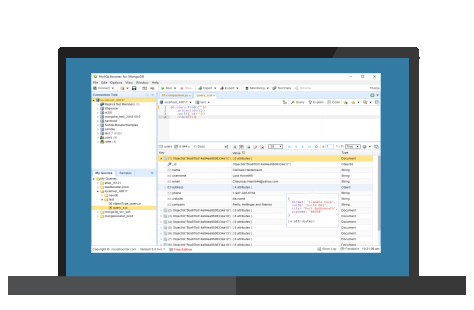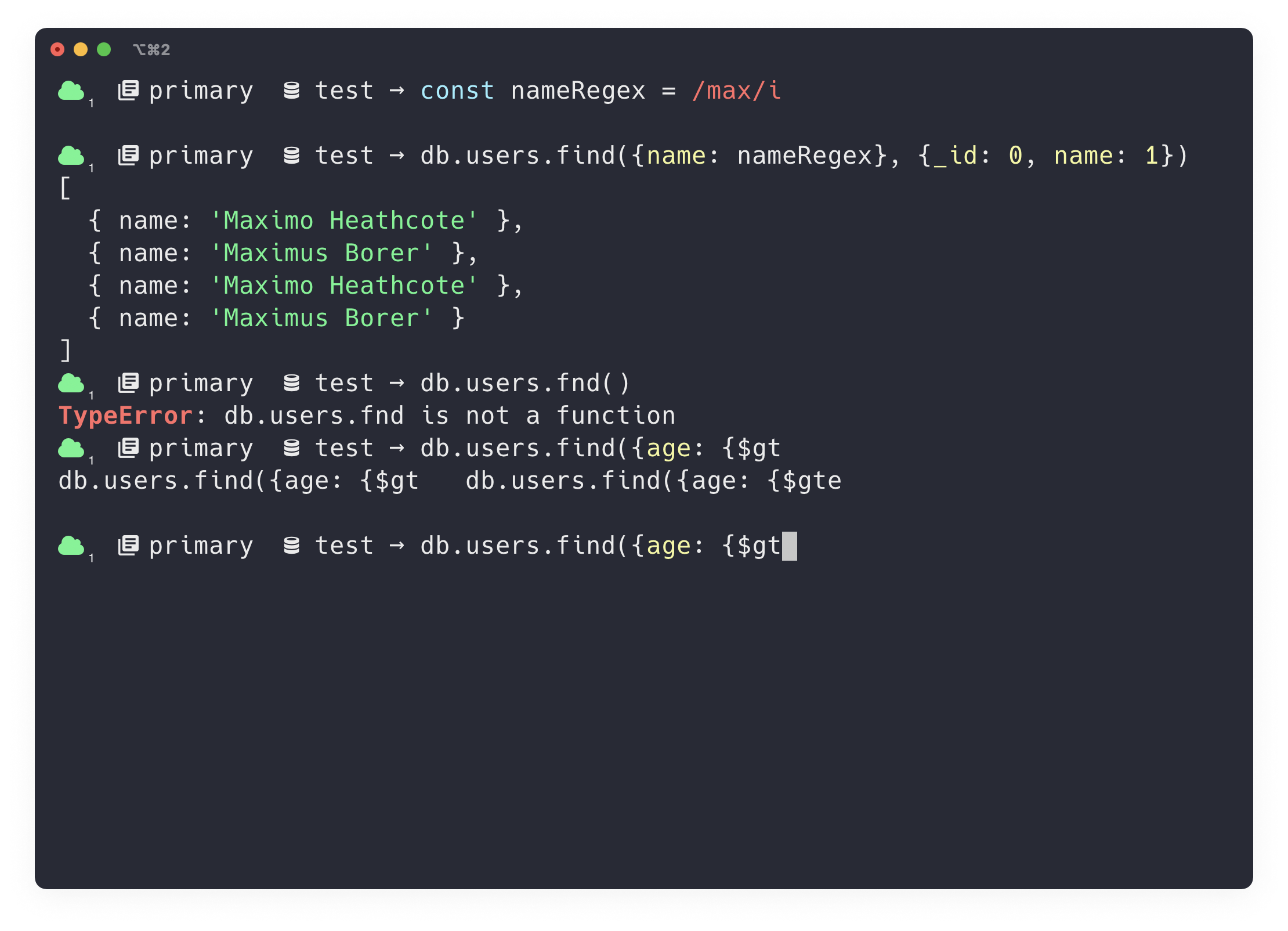
In order to have it pass through you have two options. The above will NOT work, because the phrase "$exists" will be seen by the shell and substituted with the value of the environment variable named "exists." Which, likely, doesn't exist, so after shell expansion, it becomes: #!/usr/bin/sh Mongoimport -db admin -collection import2 -file test.I use the "heredoc" syntax, which David Young mentions. We have used database name as admin at the time of insertion data into the import2 collection. We have imported the data into import2 collection. Import the data into the collection by using TSV file.īelow example shows that import the data into the collection by using TSV file. Mongoimport -db admin -collection import1 -file test.csv

We have used database name as admin at the time of insertion data into the import1 collection. We have imported the data into import1 collection. Import the data into the collection by using CSV file.īelow example shows that import the data into the collection by using CSV file. Mongoimport -db admin -collection import -type json -file test.json We have used database name as admin at the time of insertion data into the import collection. We have imported the data into import collection. Import the data into the collection by using JSON file.īelow example shows that import the data into the collection by using JSON file. Given below are the examples of MongoDB Import: Example #1 We have maintained insertion order flag to insert the documents as per the insertion order in MongoDB. The bulk order insertion data is possible by using the mongoimport command in MongoDB. Document will be sequentially insert into the collection as they will appeared from the input file. We have used following options with mongoimport command in MongoDB at the time of importing data into the collection.įrom MongoDB version 4.2 we have insert the document from the json file will be inserted in order which they will appeared into the file. In newer version of MongoDB we have used extended json format data file to import document into the collection from the file. We have used extended json format data to import data into the collection from json file.
#Mongo command line password
We need to define database name, username, port number, password of user, and import file name at the time of importing data from file into the collection.




 0 kommentar(er)
0 kommentar(er)
